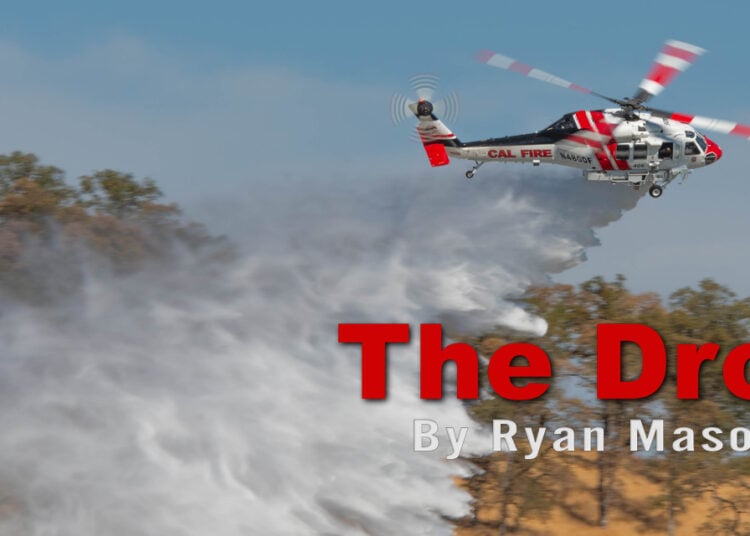The last few months have been rough for the aerial firefighting industry, with the loss of several aviators and aircraft. One pilot lost hits incredibly close to home, as she was a previous contributor to our sister publication AgAir Update.
The recent incidents are tragedies, and one, at this stage, appears to be attributed to catastrophic equipment failure, which underscores the importance of learning from past incidents and our industry's unwavering commitment to safety.
As we reflect on these incidents, it's clear that not all maintenance issues or part degradation are visible to the human eye. This reality prompts us to ask: Are we, as an industry, effectively fostering the next generation of more modern aircraft to protect the public and the lives of our aerial firefighters from dangers they may be exposed to that they shouldn't have to be? It's a question that requires our collective effort and collaboration.
While aircraft age isn't the sole cause for every aircraft accident, it doesn't take an expert to look at the median age of the global fleet of aircraft fighting fires to realize we are not doing enough to foster the development of next-gen aircraft that will keep the industry operating 20, 30, or even 40 years from now when we see operators, through no fault of their own, operating aircraft that can be up to 50 years old.
One of the main complaints I hear of current contractors, at least in the North American segment, is agencies' willingness to look at the bottom line only and the lowest price they want to pay for aerial firefighting service from private industry.
The sad reality is that the thought process of using this mindset on the government level only provides the barest minimum for companies. By that, the cost offered currently factors in operational expenses and a razor-thin profit margin. The Federal Government is basing its payment structure on what they are willing to provide contractors with solely on putting out the flames, without looking at the big picture and looking forward at the long-term life cycle of the industry and what it will take financially to allow operators to develop new aircraft and new ways to attack fires safely.
Currently, operators have no room to delve into the significantly expensive development of new technology that will not only see the industry through the next half-decade of fires but also to purchase newer aircraft to continue to sustain their business and their service to federal agencies like the DOI, BLM, and USFS.
Instead, operators are sometimes left chasing down parts from OEMs that have long discontinued producing an aircraft type, purchasing from after-market producers of legacy parts, or, in some cases, purchasing entire aircraft to scavenge for parts like a vulture picking off the bones of a carcass. While that may be the way business is done, to someone observing from the outside from a market where aircraft are readily available, new, and with a plethora of parts, it would seem absurd.
The United Aerial Firefighters Association (UAFA) is also delving into how to bridge this gap and how to move the needle forward for operators on an industry level. I believe the work being done for the industry will get us further than ever. Still, as an industry, we have to work together to get behind the association's efforts and put pressure on those who can help move the needle in the right direction for everyone so that there is a bigger pot from which everyone can draw that allows operators the ability to look forward into their next aircraft and what will be better, more cost-efficient and safer for everyone.
The last few weeks have shown that we all feel the loss of every single member of the community hard. On a larger scale, we still have a lot to do and many hills to climb to move forward in safety, and we need to have a more modern fleet to protect both the public and our pilots in the long term.






